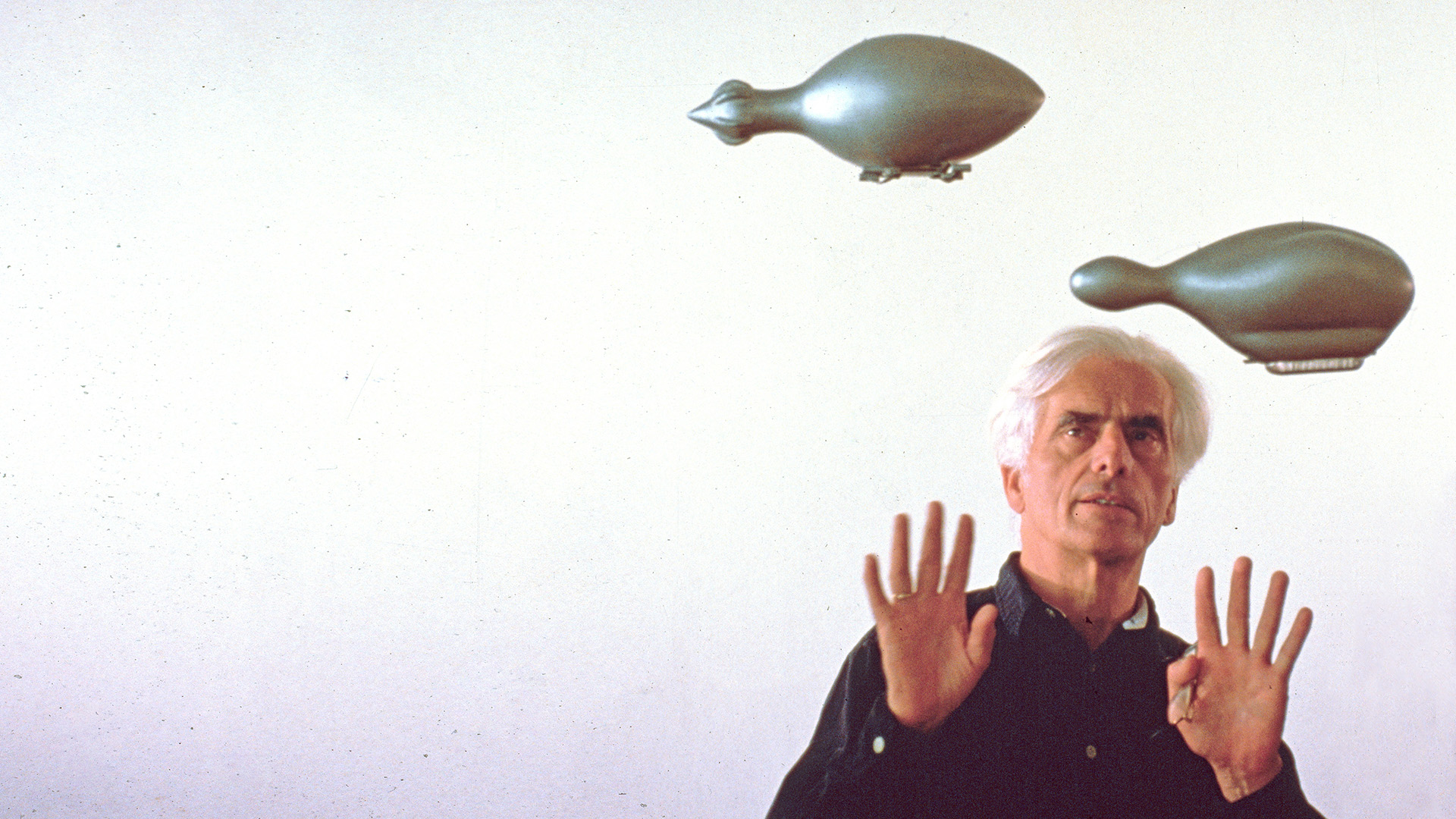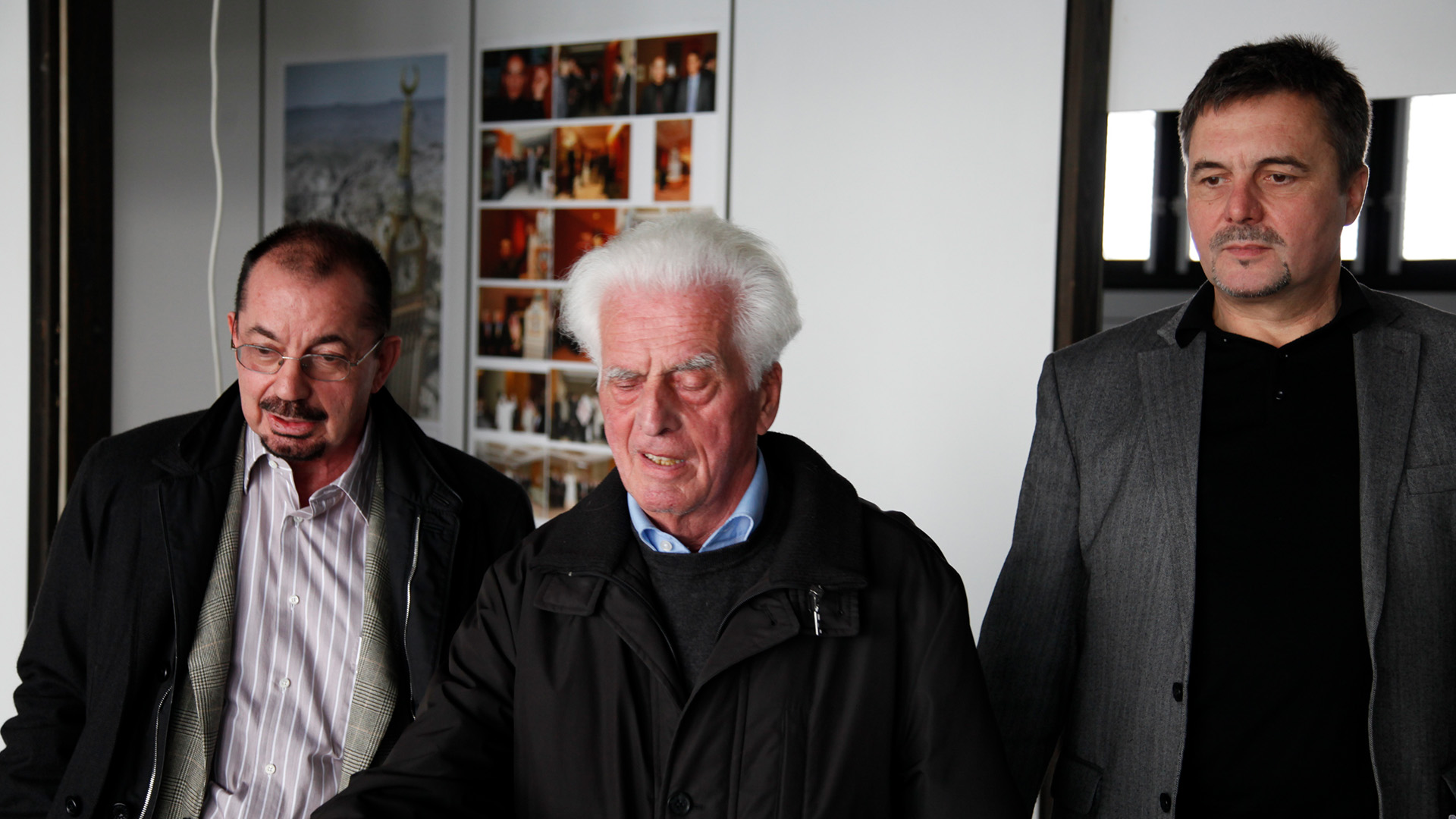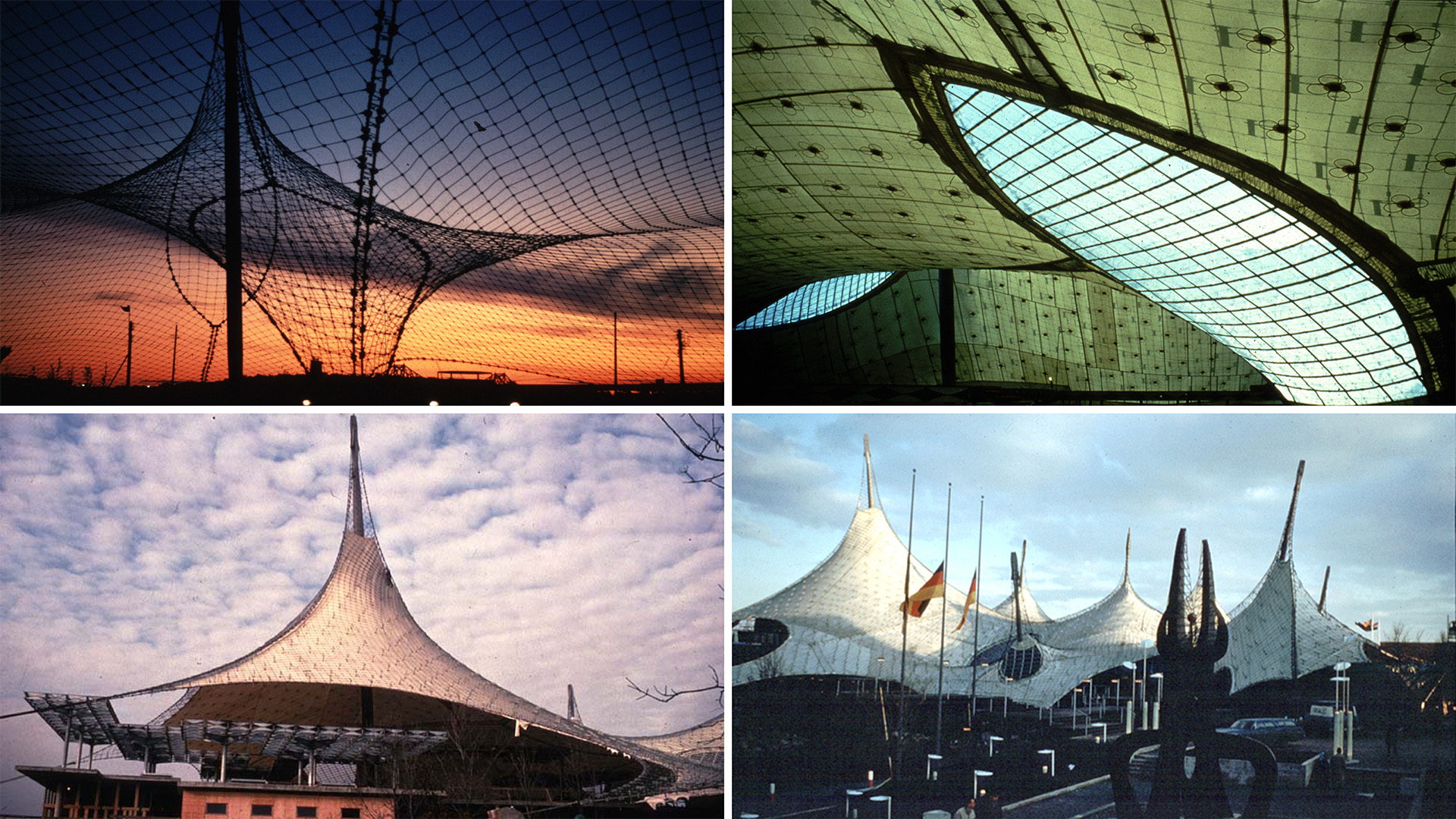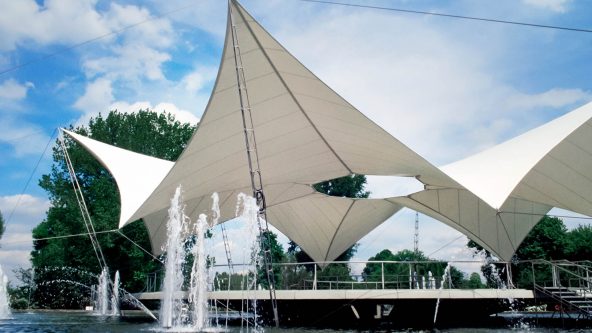Memories of the Time Together with Frei Otto
An Interview with our COO Jürgen Bradatsch

Mr Bradatsch, Frei Otto was your lecturer during your studies. What was your first impression of him?
My first great impression of Frei Otto came in 1980 at one of his legendary lectures. “Natural Structures”. Magnificently simple thoughts about building that makes use of natural processes to find forms for efficient load-bearing structures with a minimum of material and energy. Shapes that do not ostensibly follow creative arbitrariness, but physical principles. This was all very familiar, but never recognised in this way before, and I became aware of where my path should lead. As a result, I introduced myself to him for a collaboration in his studio. I met an extremely open-minded, interested and approachable person who welcomed my support. So I was lucky to have found my teacher in Frei Otto.
What character trait particularly distinguished him in your eyes?
Frei Otto was cosmopolitan. This enabled him to meet people with an open mind as well as to take on a wide variety of tasks and fundamentally question them. Among other things, this was his basis for further developing the familiar with an alert eye for the essential and a courageous inventive spirit. This allowed him to discover and create new things with great creativity and research discipline. He had already realised at that time that not every function required a permanent structural solution and that if building was to be done, then it should never be done against nature but with respect and the best scientific understanding of it. Frei Otto integrated all his buildings with the greatest attention and care into the existing climatic and geographical situation, so as not to build in contradiction to the local conditions, but to make the best possible use of the respective special features of the places and thus to preserve nature. He has repeatedly developed new solutions and forms for highly efficient structures that create the greatest possible benefit for given purposes with the least amount of material and energy. In the process, he created lightweight architecture with a natural beauty. Frei Otto cared about nature and people in his work and the greatest honour and joy for him was when his buildings were loved.
Frei Otto collaborated with your office at a later stage. How did this happen?
Frei Otto had introduced me to Bodo Rasch in 1985, who at that time was looking for support in planning shading roof structures for the large mosques and pilgrimage sites in Saudi Arabia. We then jointly developed and executed tent and convertible shading roof structures according to Frei Otto’s philosophy and scientific methods. SL Rasch GmbH Special & Lightweight Structures emerged from this collaboration. Frei Otto accompanied our work from the beginning and saw in it a continuation of his school of design. He then also became an official advisor to our architectural office, for which he worked until his death in 2015.

How did you perceive working with him?
In any case, fruitful and creative. In the range from enthusiastically inspiring idea-finding processes to sometimes very exhausting discussions about the exact shaping of the last technical detail. Frei Otto never eased up in any phase of a project until the clearest result for a task was found – although he did not dictate. This objective way of working, to the exclusion of arbitrariness, has enabled a very intensive and friendly cooperation.
How has Frei Otto shaped your work and you personally to this day?
Our buildings are always artificial actions and in the best case they are architecture that unites nature and technology. Frei Otto himself said of his works that they are confrontations with nature that have taken shape. I was allowed to participate in some of these confrontations. Frei Otto was uncompromising in his pursuit of the simplest and objectively best solutions and considered it fortunate to find beauty at the end of this process – in the Platonic sense: “Beauty is the splendor of truth “. This is the path I strive to continue on.
What was Frei Otto’s most remarkable project from your point of view?
The German Pavilion at EXPO 1967 in Montreal. Frei Otto gained worldwide recognition with it and helped the new engineering membrane construction method to achieve a breakthrough. The cable supported membrane roof in a natural minimal surface form was the lightest and most efficient construction method for this pavilion. The non-linear geometry of this space with its free, open, dynamic character did not belong to any one style or culture, but followed natural laws. A space where people from all over the world could meet without reservation.

What influence will Frei Otto’s way of thinking and his approaches have on future generations of architects?
In view of the scarcity of resources for building materials, water and food, as well as global warming and the associated societal changes, Frei Otto’s approaches are more relevant than ever. Our interventions in nature must be minimal and extremely careful. Buildings must be erected, maintained, disposed of or, even better, reused with the least amount of material and energy. Instead of permanent buildings, mobile and convertible structures should increasingly be used. They are flexible and can be adapted to changing social structures. In order to master the complex challenges of our time, we need to think and act in an interdisciplinary way and freely across all disciplines. We are well aware that we cannot build heaven on earth. But we want to put all our efforts into creating buildings for a natural-human environment.
